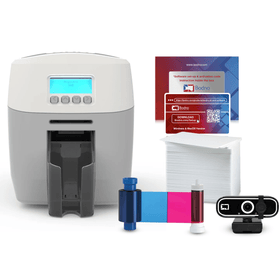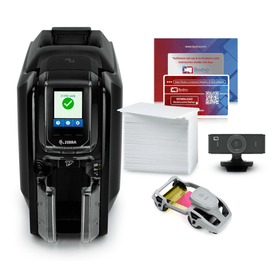
Standardized ID cards are a mandatory requirement for employees at most offices these days. For a person managing the printing and issuance of these in their own organization, one of the more prominent questions to ponder is whether it is better to print in-house, or outsource this task. The latter might give you a leg up in terms of ensuring perfection and efficiency, but the former is often the ideal choice for when you are trying to cut down costs.
Plus, there are plenty of card printers available on the market using which you can easily nail the task. The only thing standing in the way is confusion brought on by the overwhelmingly vast range of options you see today. If you find yourselves facing this dilemma, at least make sure to keep away from the common mistakes people make when buying a card printer.
Focusing Only On the Price
It is true that the main objective behind considering in-house ID card printing is trimming down expenses. However, that does not mean you must blindly purchase just any printer simply because it is cheap. Instead, make sure the thing is a perfect fit for your needs. While you would initially find an entry-level printer ideal for even the lowliest budget, printing large quantities of cards using this may overextend and even damage it, demanding expensive repairs. Keep points in mind such as the type and number of cards you need to print, the amount of information you need printed on it, if or not your cards require a smart chip or mag stripe for data storage, etc.
Focusing Only On the Immediate Needs
Another common mistake that most ID card buyers tend to make is considering only the immediate requirements. Even though a lot of different printers may at first seem to be doing the job you need done, many can turn into absolute wastes down the line. In order to avoid that, consider the following points when you buy a ID card printers.
- Are there chances you will use the ID cards for time and attendance tracking and door access in the future?
- Will it be a good option to print on both sides of your card, rather than on a single side?
- Would you prefer laminating the cards in the future in order to extend their life?
If your answer to all of these questions is positive, choose a printer that can be easily upgraded in the future. Note that some single-sided variants require just a special ribbon to convert them to dual-sided printers. In case you would like to do a lamination upgrade on the card later, plug-and-play modules would be the best option.
















